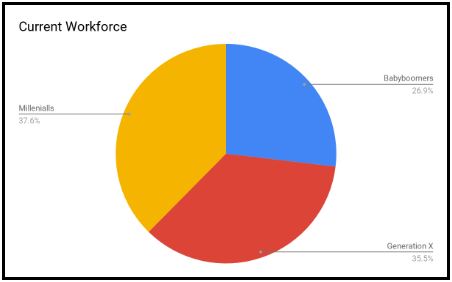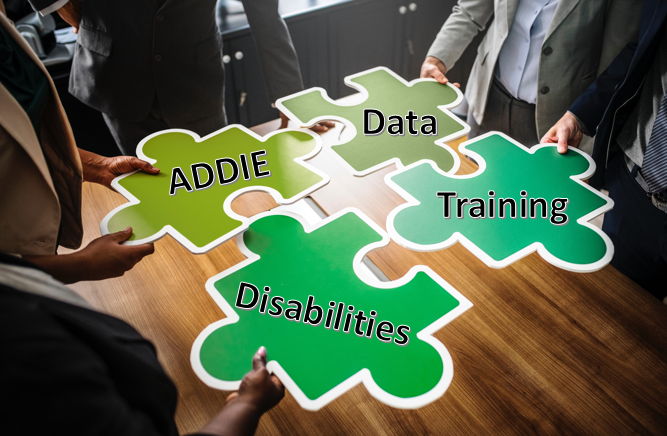29 January 2019

Within organizations, the leadership plays a key role. Good leaders help shape the mission, vision, and goals. As the workforce evolves to accommodate more generations, the leaders must listen to employees to assist in establishing current and future training objectives. These leaders must be flexible to adapt training methods to suit the learners and the objective. In his new book Leadershift, John C. Maxwell writes, “Leaders must be willing to let go of what worked yesterday and learn new ways of seeing, doing, and leading.”
Advantages & Challenges
When completing a leader analysis, we completed steps one and two with a brief step three of Kirkpatrick’s Evaluation Method. Each level has its advantages. From the leader analysis’ perspective, the leader needs to provide feedback based on (1) their employees’ training and (2) any leadership training meant to assist or grow a leader’s skill set.

Analysis & Data Objectives
As with all analysis, a leader analysis cannot be completed without establishing the objectives. Remember, we have already reviewed a few possibilities with learner analysis. There are some issues that cannot be discovered through learner analysis. (These may become the objectives of another analysis – leader analysis, task/behavior analysis.) The following table provides common objectives and the simplified analysis process which may include data analysis.

Conclusion
Depending on the type of leader analysis desired, it will provide an insight into where your current workforce is at and heading. To do this, your leadership needs to be prepared to listen and change to meet the needs of their employees. The employees training needs do not always align with the leadership beliefs of the training needs. On the other hand, a leader analysis can provide you with direction of what your leadership needs. Do they have all the materials, SOPs, and mentorship required to be successful and confident in their roles?
These seem like simple questions to answer with easy ways to gather. However, honesty from learners and subordinates does not always come easy. Our team can help gather the analytic data and ensure anti-bias with our AI solution. Read more about it in our whitepaper.
Our next post will tackle task and behavior analysis.

















